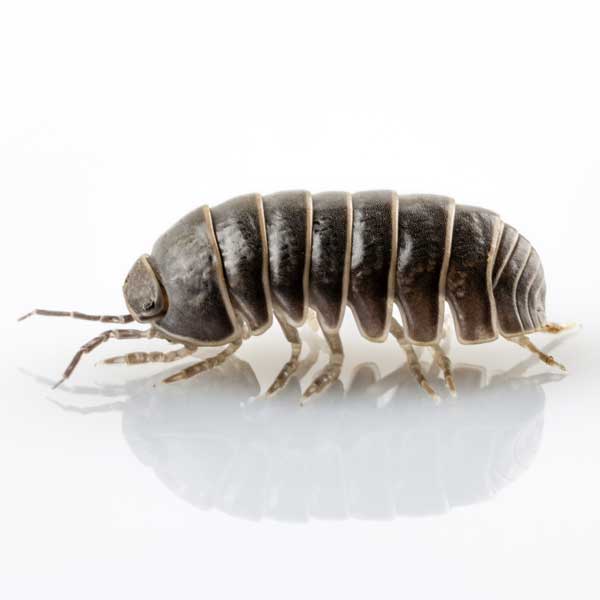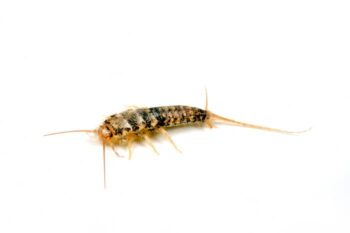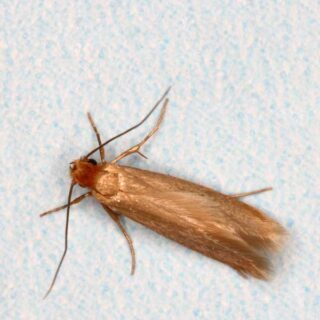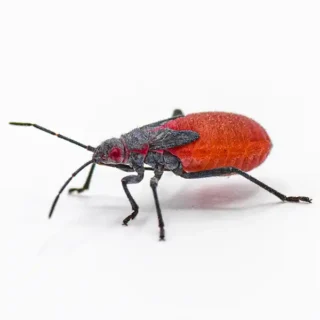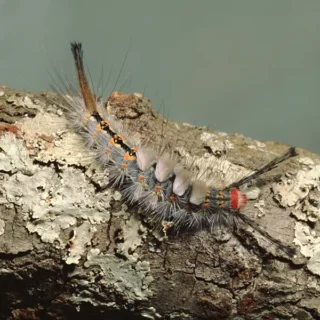Identifying Pillbugs in Florida
Pillbugs, often called ‘roly-polys’, are small crustaceans that thrive in Florida’s humid climate. Pillbugs – up close – can be recognized by their segmented, armored bodies and ability to roll into a ball when threatened, pillbugs play a vital role in the ecosystem by aiding in the decomposition process.
These small creatures are among the many common insects found in Florida. The southern state’s lush, tropical climate makes it a common habitat for many different insect species. But as one of the only crustaceans adapted to live on land, pillbugs are also quite common throughout the United States.
These pests are usually dark gray or brown in color, with a hard, segmented exoskeleton. White pillbugs are most often juveniles or those in the process of molting, but fully matured pillbugs are usually darker in appearance. However, pillbugs can sometimes appear pale or whitish immediately after molting, when they shed their old exoskeleton.
Much like the sowbug, pillbugs aren’t classified as insects, but isopods. Pillbugs and sowbugs are similar-looking pests that are more closely related to shrimp and crayfish than to insects. They are easily recognized by their back, which is made up of seven hard individual plates. Since pillbugs require moisture, they do not survive indoors for more than a few days unless there are very moist or damp conditions.
Due to their similar nature, pillbugs and sowbugs are used interchangeably.
Where in Florida Do Pillbugs Live?
Pillbugs are commonly found throughout Florida, thriving in moist environments. They can be found outdoors under mulch, fallen leaves, and rocks.
Pillbugs are nocturnal and require humid conditions during the day. These crustaceans are generally found in moist soil along with sowbugs, millipedes, and earthworms. Pillbugs may leave their natural habitats at night and crawl about over sidewalks, patios, and foundations. They can become a nuisance as they often invade crawl spaces, damp basements, and first floors of structures at ground level.
How Common Are Pillbugs in Florida?
Pillbugs are quite common in Florida, due to the state’s humidity, greenery and vast marshland. These crustaceans thrive in various environments, including gardens, forests, and urban areas, where they can access moisture and organic matter.
Floridian residents often encounter pillbugs in their yards, decaying compost, and particularly under rocks, logs, and piles of leaves or mulch.
Pillbug populations tend to increase during the warmer months and after heavy rainfall when conditions are more favorable. While they are generally harmless, their prevalence in gardens and around homes makes them a familiar sight for many Floridians.
Are Pillbugs Dangerous?
If you find yourself panic googling “do pillbugs bite?” rest assured – pillbugs do not bite or sting and are not known to pose any threats to humans. They do not contaminate food or spread diseases. Pillbugs These crustaceans are mainly nuisance pests, especially when they venture indoors.
They are capable of feeding on tender plant tissue and occasionally cause considerable damage to garden transplants and seedlings. Pillbugs typically enter buildings through door thresholds, especially homes with sliding glass doors on the ground level.
Seeing a pillbug in the home usually means that there is a large population outdoors. If you need pillbug control across all Florida regions, contact your local Bug Out experts. .
Need help with Pillbug control?

Leave your information below and we’ll be in touch with a FREE quote!
"*" indicates required fields
*During normal business hours. After hours calls will be returned the next business day.
FAQs
What Are Pillbugs And Why Do They Live In Florida?
Pillbugs, commonly known as roly-polies, are small crustaceans from the order Isopoda. Unlike insects, they have a segmented, armored body and can roll into a ball for protection. In Florida, pillbugs thrive in the warm, humid climate, favoring moist environments with plenty of organic matter, such as gardens and leaf litter. They primarily feed on decaying plant material, playing a crucial role in breaking down organic matter and enriching the soil. Their presence benefits local ecosystems, making them a valuable part of Florida’s environment.
What Repels Pillbugs?
Focus on reducing moisture and eliminating their food sources. These creatures thrive in damp environments, so fixing leaks and improving drainage around your home can deter them. Additionally, keeping your yard tidy by removing organic debris, such as leaf litter and mulch, will make the area less inviting. Natural repellents like diatomaceous earth can also be effective; sprinkling it around your garden creates a barrier that pillbugs will avoid. Lastly, using essential oils like peppermint or tea tree oil can help repel these pests when mixed with water and sprayed in areas where they are prevalent.
For a larger infestation, contact your local pest control company to help manage pillbugs in your Florida home or garden.
Why Am I Getting Millipedes in My House?
You may be getting millipedes in your house due to various factors, primarily related to moisture and environment. Florida’s humid climate provides ideal conditions for millipedes, prompting them to seek refuge indoors, especially during heavy rain or high humidity. Address your moisture issues promptly, and if your home has leaks, poor drainage, or decaying organic matter, make sure to fix these issues.
Should I Worry About Pillbugs?
Generally, there is no need to worry about pillbugs. They are harmless creatures that do not pose any direct threat to humans, pets, or plants. Pillbugs primarily feed on decaying organic matter, helping to break it down and enrich the soil. While they may invade homes, particularly in damp areas, their presence is more of a nuisance than a significant concern. They do not bite or sting and are not known to carry diseases. Maintaining a clean environment and addressing moisture issues can effectively manage their presence without the need for drastic measures.
Are “Roly-Polys” and Pillbugs the Same Thing?
Yes, roly-polys and pillbugs refer to the same species. Roly-polys are a common nickname for pillbugs, highlighting their ability to roll into a ball when threatened, a behavior that provides them with protection from predators. Both terms describe these small, segmented crustaceans belonging to the order Isopoda. While the name ‘pillbug’ emphasizes their rounded shape, ‘roly-poly’ captures their unique defensive behavior.
